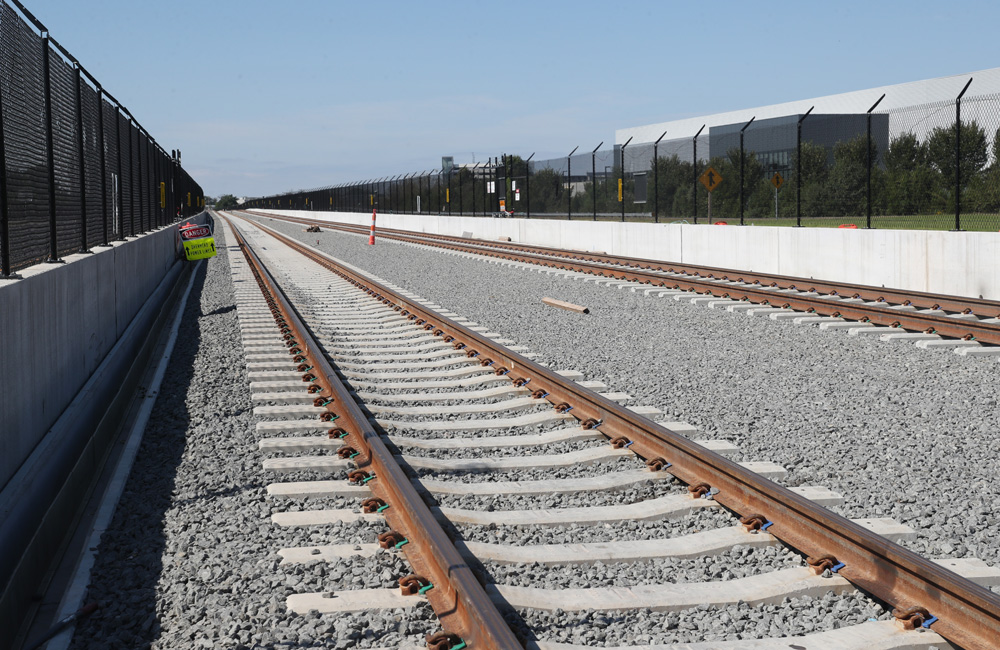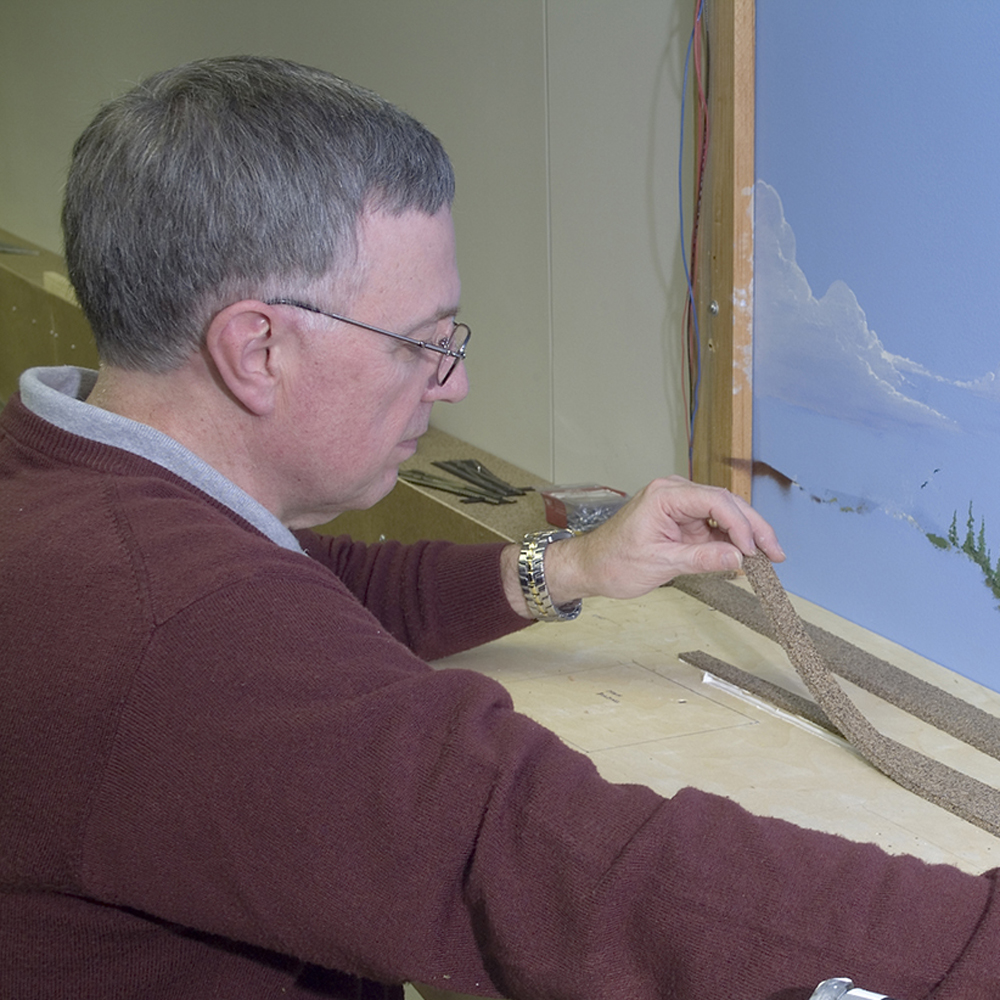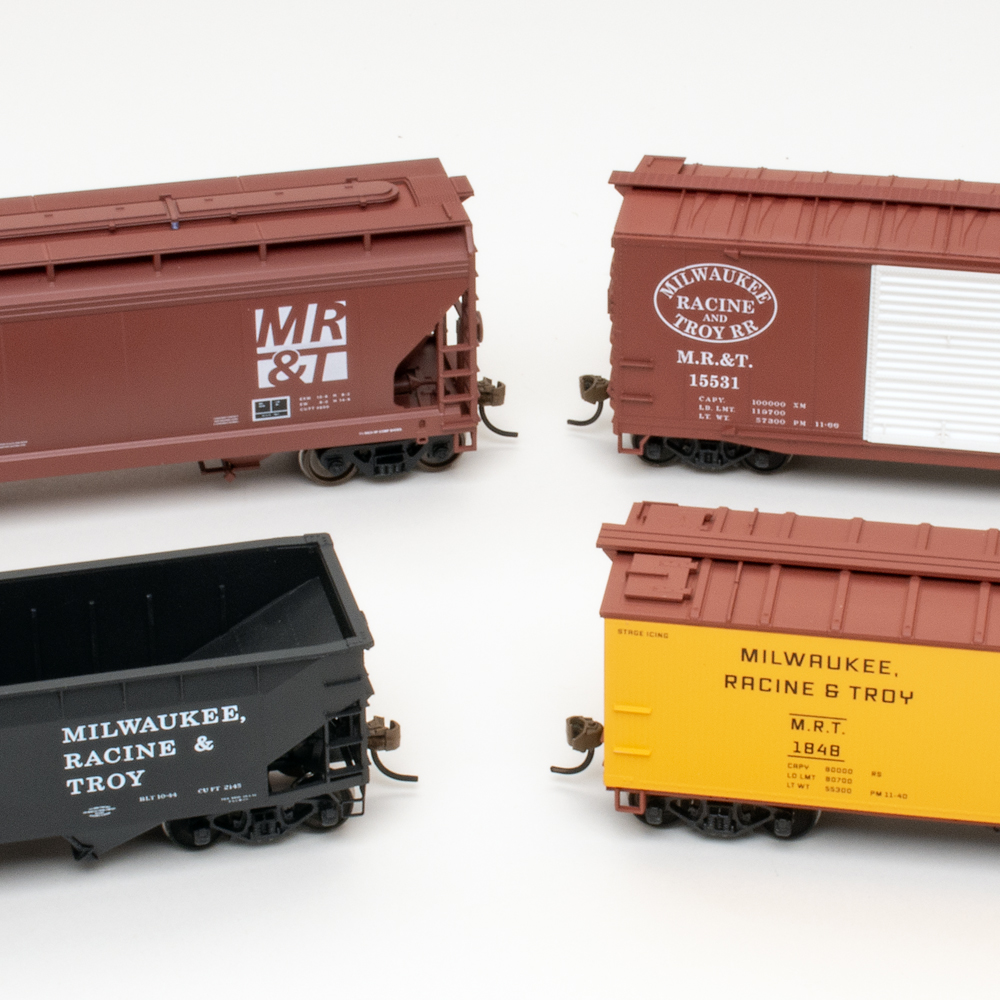
Q: Why do some railroads use concrete ties versus wood ties? I live near Altoona, Pa., where the Norfolk Southern runs, and they use all wood ties. – Mark Kroll
A: There are a few reasons why a railroad might choose concrete ties over wood ties, but generally they all boil down to economics. Concrete ties are a fairly new development, at least when compared to the many decades when ties were exclusively made of wood. Replacing wood ties with concrete ones is not an easy nor inexpensive task, so you mainly find concrete on lines that were built or rebuilt within the past few decades. When wood ties are damaged or wear out, it’s just easier to replace them with new wood ties rather than rebuild and re-ballast the whole track.
There’s also the matter of long term versus short term costs. Concrete ties are heavier than wood, more expensive to make and lay, and require better roadbed and ballast than many existing lines may have. Wood also does a good job at electrically isolating the rails from each other, important for signal detection. And while it’s true that concrete is more long lasting than wood, wood is more resilient to damage. Dragging equipment or a derailment that would bang up a wood tie might crack an unyielding concrete tie in half, rendering it useless. Because of this, railroads tend to place dragging-equipment detectors closer together in concrete-tie territory.
Concrete ties have been used longer, and more extensively, in Europe. But railroading in Europe is quite different from railroading here, emphasizing shorter, more frequent trains and high speed, lightweight passenger traffic over North America’s long, slow, heavy freight drags. Some railroads – in particular Amtrak, BNSF Railway, Florida East Coast, and Canadian National – have embraced concrete.
But wood and concrete aren’t the only two options, either. Manufacturers and railroads are testing out steel ties and even composite ones. You can find more information about ties on our website.
Send us your questions
Have a question about modeling, operation, or prototype railroads? Send it to us at AskTrains@Trains.com. Be sure to put “Ask MR” in the subject.














Timber is relatively scarce and expensive in Europe! Stevens of the Camden & Amboy spotted that when he visited England in 1831 I think. Concrete ties cost more; in North America trees grow everywhere and we have to cut them back to keep them from taking back their country. Wood is a natural for here!